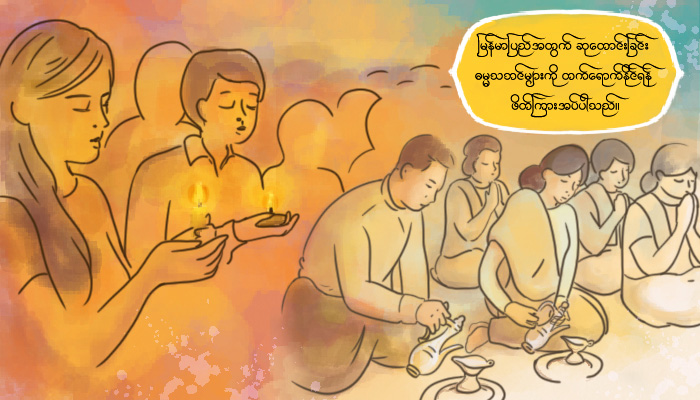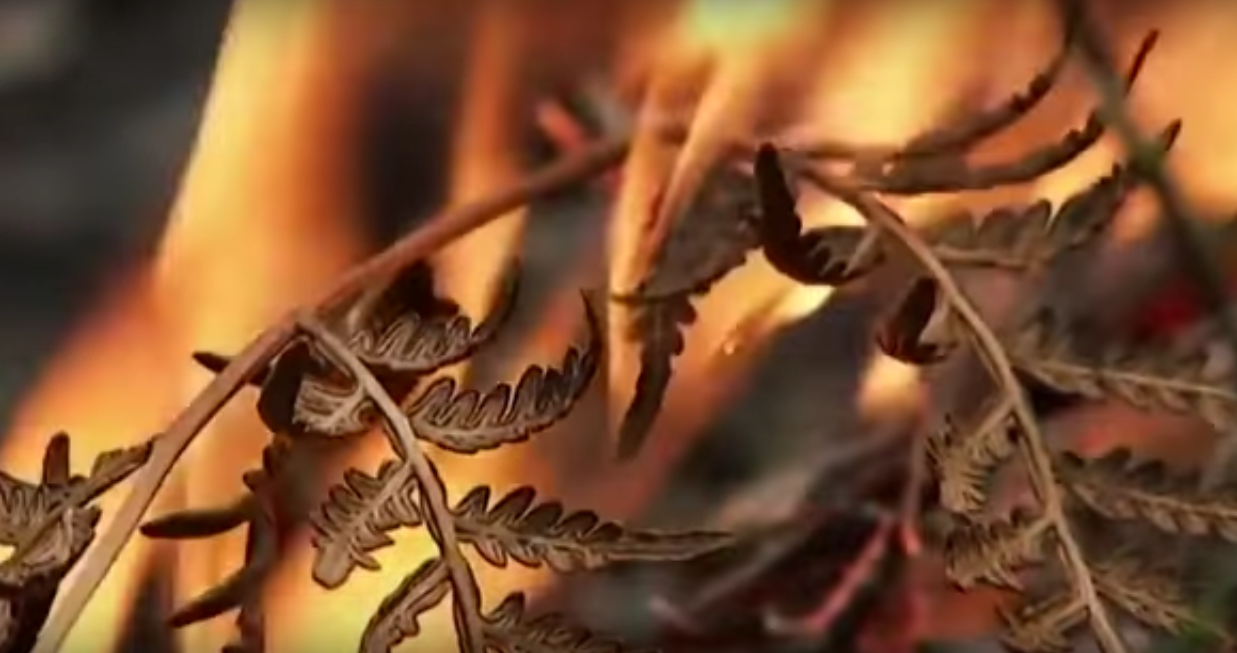Buddhist Women on a Path of Spiritual Awakening
A Banquet of Stars

Don’t wither, stand firm these fretful days
Won’t the glaciers calve as we chant our praise?
Won’t the stars recede to their noble berths
When we frankly ask: who of us dies first?
Are we strong enough, is our chorus heard?
Know your song as pure, be a midnight bird.
Wait as one shipwrecked, trusting in rescue
Even shattered or weak, we have fear to subdue
So resist vanishing into fine ocean sand
Or these crystals of ice melting in your hand.
Take your cosmic aim, pierce the far galaxy
Know your song as pure, let your heart stay free.
Burn the mind’s incense through grief or despair
Every jewel in your eye was once unaware.
What ancients foretell in a voice not heard
A breath of power will arise unperturbed.
No gust can devour, no river engulf
Know your song as pure, bow to silence itself.
One promise remains as our sole reprieve
From the depths within such treasures retrieve
As the heart’s true poise and the patience to wait
For a moment’s grace at the Deathless gate.
When the hails rain down, you just persevere
Know your psalm as pure, light will soon appear.
Be the waves, be the sea, circle wide and deep,
Be the prairies wild, and the mountains steep.
As in all that is lived, in the knowing seen
Every season dies and the winds in-between.
Chanting peace in the world, in the shadows of fear
Know your psalm as pure, why believe what you hear?
Now the mind’s gone quiet and you thought you knew
But your psalm stayed pure when the storm came through.
Emerge from the dream healing lifetime scars
Letting clarity surge in a banquet of stars.
Knowing cold and peace, value stillness alone
Then we learn just this – life’s continuing poem.
Yes, unblinding Truth can’t be chemo’d away
Waking up can we hear a new rhapsody?
Travel empty and wise in the mouth of a whale
To the far galaxy, tell this strangest tale.
© Ayyā Medhānandī, 2025
ice crystals photo © Ursula Noircent, 2024
Peace in a Conflicted World – Nov. 8-10, 2024 Hybrid Dhamma Teachings
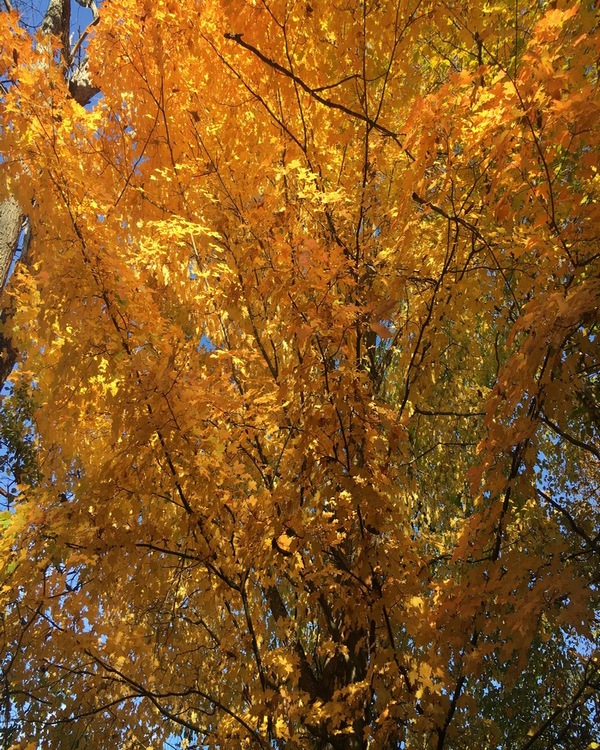
Ayyā Medhānandī and Ayyā Nimmalā will join TBC, Toronto Theravāda Buddhist Community, for Dhamma teachings:
- Friday night, Nov 8, meditation & Dhamma talk at Quaker House, downtown Toronto
- Saturday daylong, Nov 9, Mindfulness at Quaker House, Toronto
- Sunday a.m., Nov 10, at the Carrot Common,
Toronto
Registration is required. The retreat is offered in-person and online. Here is the link for more information and to register:
https://www.theravadabuddhistcommunity.org/announcements/
Please do join us.
Gratitude to Parents’ Day
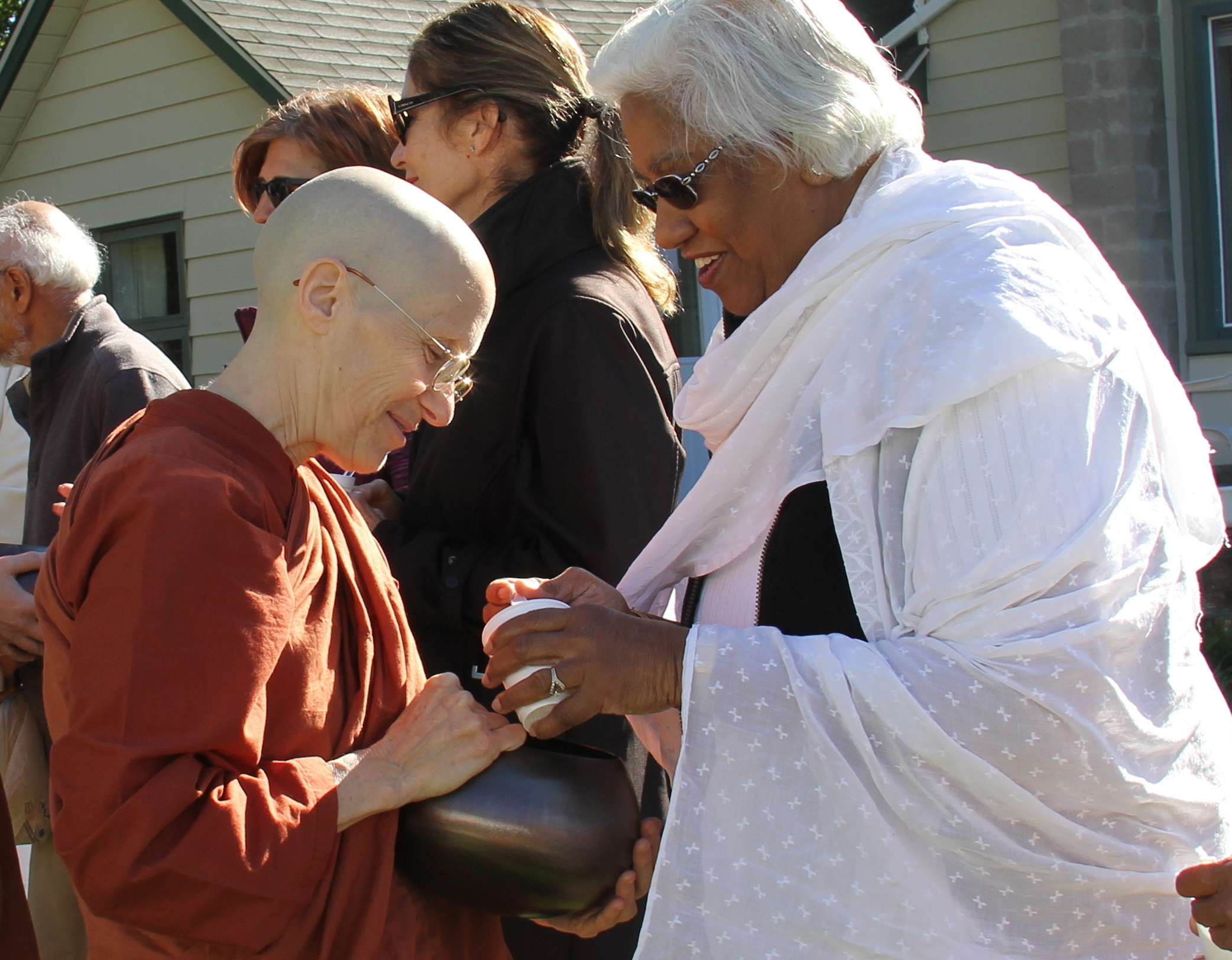
This coming Sunday, September 15th, 2024, is our Gratitude to Parents’ Day and Ayya Medhanandi’s 75th birthday. We hope you will join us at Sati Saraniya Hermitage for this joyous community event.
Please arrive by 10:30 am for welcome, rice pindapat (almsround) and community potluck. This will be followed by chanting, Dhamma talks and reflections by Luang Por Viradhammo, Ayya Medhanandi and the monastic community.
Reminders:
1. Please bring a PHOTO of your PARENTS to tape on our Memorial Parents’ Board-Shrine.
2. Please bring a LAWN CHAIR to sit on for the outdoor potluck.
3. There will no facilities available for heating up food offerings.
4. Please CARPOOL if possible.
Courage, Compassion, Resilience
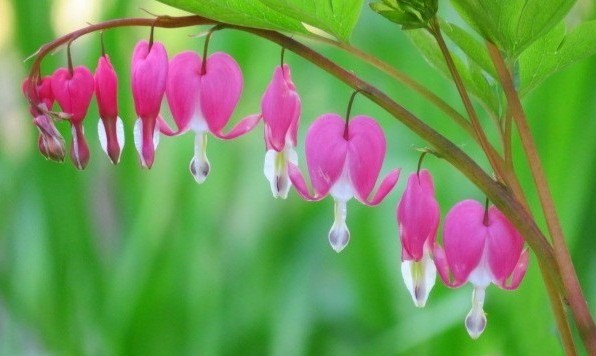 We are paying tribute to five members of a Sri Lankan family and their dear friend who all perished in a brutal attack in their Ottawa home on March 6, 2024. They were Darshani Ekanayake, her four young children: Inuka aged 7, Ashwini 4, Ranaya 2, and Kelly 2 months old, and their family friend, Gamini Amarakoon. Surviving Darshani and her four children is their devoted husband and father, Dhanushka Wickramasinghe, who was severely injured during the attack; and surviving Gamini in Sri Lanka is his beloved wife Dishani and their two young daughters.
We are paying tribute to five members of a Sri Lankan family and their dear friend who all perished in a brutal attack in their Ottawa home on March 6, 2024. They were Darshani Ekanayake, her four young children: Inuka aged 7, Ashwini 4, Ranaya 2, and Kelly 2 months old, and their family friend, Gamini Amarakoon. Surviving Darshani and her four children is their devoted husband and father, Dhanushka Wickramasinghe, who was severely injured during the attack; and surviving Gamini in Sri Lanka is his beloved wife Dishani and their two young daughters.
We hold them all in our hearts, honouring the gifts they brought to each other and to all those connected with them – their kindness, generosity, courage and love. May they realize the highest blessings of complete freedom from suffering.
For Dhanushka, Dishani and all their surviving family members, may the care and support of our wider community surround them with strength and healing. May they be uplifted by the power of our compassion and their own faith, gentleness, resilience and spiritual refuge.
May our minds not be caught in the strong currents of sorrow, pain, outrage, grief or despair. Instead, may we reflect wisely and gain deeper understanding of our shared human journey.
And for all who have been touched by these tragic events or face such violence in their own lives, may powerful healing and wise compassion prevail and offer uplift, comfort, and strength.
Hatred is never overcome by hatred but by love alone together with a sense of forgiveness. In no way do we condone such acts for accountability is necessary. At the same time, we must take care to deflect the venom of ill-will that is so disabling to our peace of heart. This may seem impossible but forbearance can draw forth wisdom and resilience to enable us to abide in loving-kindness and compassion even in the face of violence.
May we realize the impermanent nature of all conditions and the truth of suffering within our own hearts – seeing its cause, its ending, and how we can cultivate the way leading to freedom.
Wishing the blessings of great compassion and peace of heart for all,
Bhikkhunis Medhānandī, Nimmalā and Anuruddhā
Truly Ascend
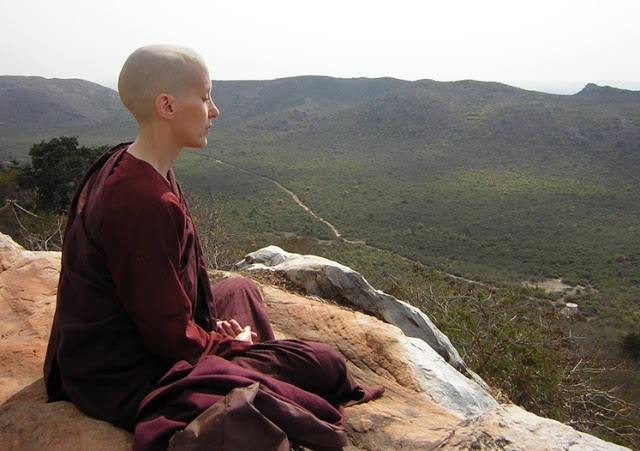 I have walked and lived in mountain ranges the world over – the Himalayas, the Andes, the Alps, the Picos de Europa, mountains in the Azores, South Asia, and North America. But not until I stayed in a tall building for a few months did I notice a visceral discomfort with heights.
I have walked and lived in mountain ranges the world over – the Himalayas, the Andes, the Alps, the Picos de Europa, mountains in the Azores, South Asia, and North America. But not until I stayed in a tall building for a few months did I notice a visceral discomfort with heights.
Then how was I able to roam those steep summits enjoying the view? I was aware of my phobia but I learned to conceal it well. We do this as human beings – not wanting to display our weaknesses. And we find ways of coping. When I needed to ground myself. I would keep my eyes on my feet or straight ahead on the path; or direct my gaze to the scene around me or to the horizon so that I could avoid the sight of sheer cliff faces or dizzying vistas.
Unwittingly, I relied on a practice that is also consonant with my monastic training and meditation – focus on the present moment, being with what I am doing rather than thinking about the past or the future. Looking around can distract the mind, consciously or not, from troubling thoughts or feelings: a painful memory, the face of someone threatening, or a loved one whose loss still haunts.
But eventually, being distracted or turning away from undercurrents that are fraught or disturbing can be detrimental and no longer serve our well-being. We may feel free to roam and do as we wish while tramping through the wilderness but on the spiritual path I have to descend to face what I fear – to see life exactly as it is from where I stand.
More vital to wisdom and understanding than being cushioned by exhilarating panoramas or placated by moments of calm is an ability to see Truth and live it. To grow in stature and be able to accept what is real – no matter the terrain of feelings we have to traverse – tortuous or peaceful, rocky or smooth: this is our life’s work.
Though I have trekked over lofty passes, fear has been the most punishing mountain to scale – especially on my own as an alms mendicant. For years, to survive in a western hamlet, dependent on a scattering of locals for my daily meal, I was forced to adapt. Too frightened to mention when food I received caused digestive disorder, I compromised my health to preserve the status quo – and not jeopardize my food source. Taking my lead, why wouldn’t my supporters, too, believe all was well?
Unable to look, I had chosen to suppress, deny, and blind myself to what had been brewing. My view of what it means to be an alms mendicant nun was fraught with idealism: want nothing and be content with and grateful for all that was given to me. So I clung to this flawed dynamic of striving for perfection without honouring my limits.
Only by letting that go could I free myself to enter authentic relationship with my supporters. They began to regard me as a person with legitimate needs, and in doing so, honour their wish to look after me properly. And being more honest about my needs, I could take better care of myself while respecting their goodwill.
Ironically, I had fallen into this predicament by flexing the old muscle that had helped me cope so well with heights. As long as I could ignore the altitude, I would not have to feel what I was feeling – in this case, hunger and distress. But this deception, moulded by stifling compassion for myself, had only made me ill. It was a foolish and unsustainable sacrifice. And in time, I would be brought down to earth with a bump – literally.
During a solitary retreat, I was attempting to water a plant on a high shelf. To reach it, I would have to climb on a chair. Without properly judging the stability of the chair or my own strength, barely poised as I stood on it, water jug in hand, the chair collapsed. One should never stand on a folding chair – but my hubris said: I can do this! Everything came crashing down, water, jug, plant, and nun – knocked unconscious and one leg maimed.
When help arrived, I refused to see a doctor so as not to inconvenience anyone. True to form, my mantra of ‘good enough’ rolled off my tongue: “I’m fine. Everything is okay.” But I had already managed to undermine myself three times: reaching beyond my capacity – to my own detriment, discounting the harmful result, and even after it dawned on me that I was indeed injured, carrying on as if it was just a minor discomfort.
That deformity is a perennial reminder of the lesson I learnt. The heights we aspire to are not to be measured in physical parameters nor in pretense and performance, but in the dimensions of coming down to earth and being true, exactly as we are. It is not enough only to open our eyes, we must also see clearly. Climbing ill-equipped, too steep, too high, impatient, unaware or blind to our limits, we can fall hard. Instead, bowing low and knowing the true measure of our strength, we truly ascend.
© Ayyā Medhānandī 2023
A Hidden Way to Freedom
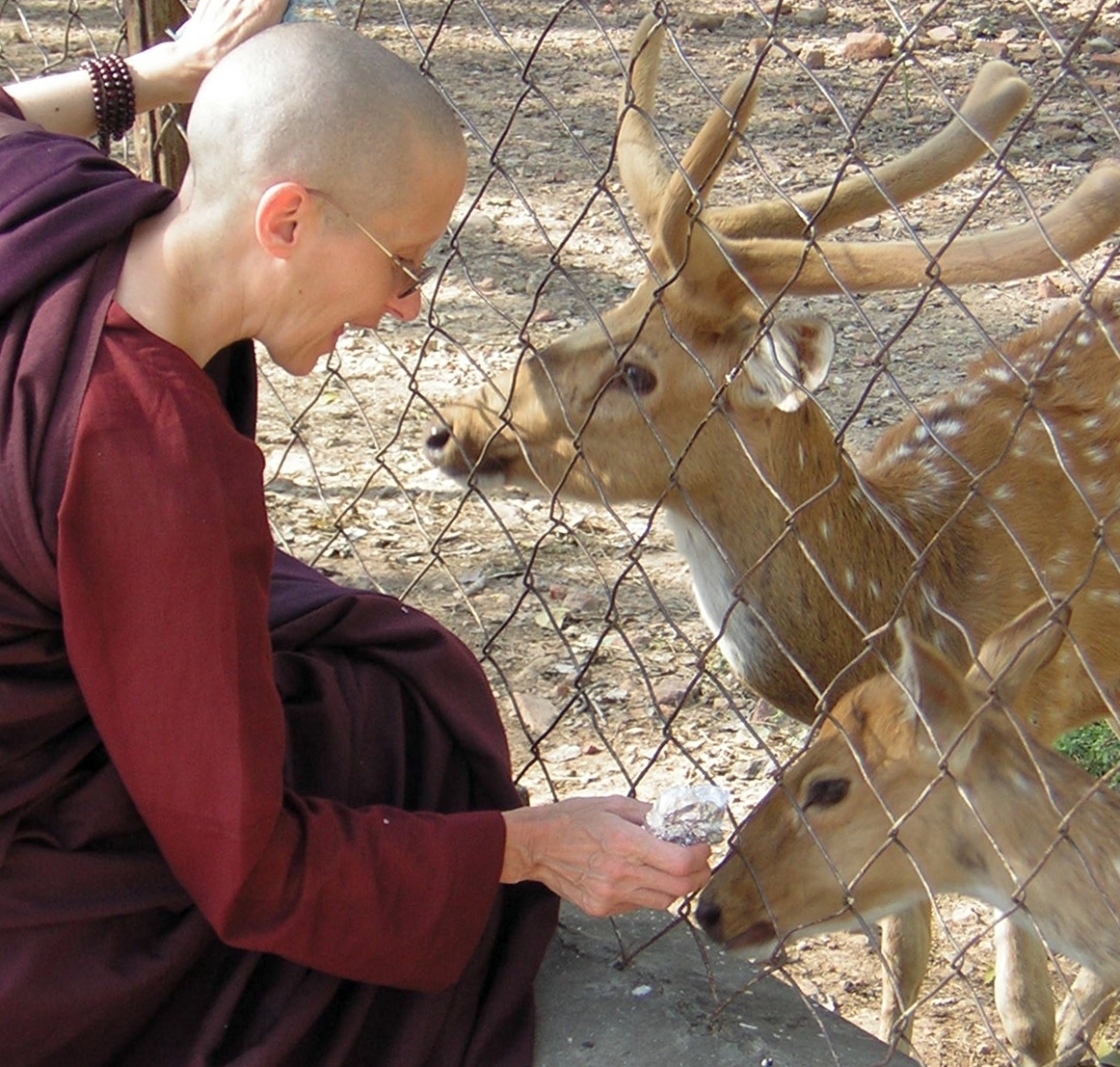 Have you ever tried chanting to learn its hidden powers as a channel for disarming obsessive thought, calming the mind, and preparing the ground for Nibbana to arise?
Have you ever tried chanting to learn its hidden powers as a channel for disarming obsessive thought, calming the mind, and preparing the ground for Nibbana to arise?
From ancient times, sacred chants have invoked higher energies, adorned rituals, and expressed faith, homage, healing and celebration. More potently, chanting is a leavening agent, an internal cleansing that divests the mind of toxins and impurities, freeing it from its insatiable habit of feeding on thought.
We chant not to remember words or conform to rituals but to unify our attention through repetition. Whether silently observing the breath or intoning mantras, verses and words of reverence and praise for the highest, the mind is trained to stay present. With sound, we enter the selfless vibration of it – not the doer ‘doing’ it. We open to being what we truly are, rather than what we think we are.
When we chant pure sounds, the body becomes an instrument. We viscerally interact with our environment through vibrations – sound energies reverberating within and flowing out again. More practice yields more pure sound until we are silent, for silence is the ground of being – and of sound.
One way animals restore themselves after an attack and regain equilibrium is through the trembling of the body. We too, as humans, can intone rhythmic vibrational waves that relieve us of locked-in fears, grief, anger, or regrets and restore us to profound inner peace. The senses unify and soak in the sound of the breath itself. Trusting the heart’s innate goodness, we feel uplifted and restored. We connect in the same chord of pure presence born from our purity of intention.
In village India, I learned from local women how to remove debris from their raw rice using a flat basket ‘plate’. They toss the rice up and down in the basket so that any grains of sand, small stones or other detritus separate to one side while the cleaned rice remains on its own.
Chanting does just that for our mental health, removing debris from the mind and tuning us to the pure resonance within us. As we chant to that frequency, we balance inwardly – as if we were grains of rice bounced up and down until all the detritus of life’s painful memories and past traumas are evacuated from our system.
These intonations are both fathomless and timeless. Indeed, our life is a spiritual chant, from the cry of a newborn to the last ebbing of consciousness into the arms of our karmic unfolding. And if the heart is pure, we shall hear the sound of silence at the dawn of its awakening.
So may you chant with all your heart and bless the moment.
© Ayyā Medhānandī 2023
A Global Mettā Vigil for Myanmar, Ukraine, Sri Lanka & All the World
Please join us for a global Mettā Vigil –
Saturday May 21, in Asia – Sunday May 22
Ayyā Medhānandī will lead this Vesak month’s Mettā Vigil. This broadcast is sponsored by Mettā4Myanmar – the 5th of 12 vigils being offered in 2022. We will gather with people from around the world to send mettā – good will and benevolence – to the people of Myanmar, Ukraine, Sri Lanka, Afghanistan, and for all beings seen and unseen.
In many countries, people are suffering physically and spiritually. We will express our compassion and dedicate our practice to them, wishing that their lives be blessed with peace, well-being, and freedom. This service will be translated in Burmese.
Please join us on Zoom: https://bit.ly/34mbybH
Zoom Link: https://bit.ly/34mbybH
Zoom ID: 892 8143 4572 Password: 151902
~~~~ Check your time zone to join the Vigil ~~~~
US-Canada: West Coast: Saturday May 21, 5:30 PM
US-Canada: East Coast: Saturday May 21, 8:30 PM
In Asia: Yangon, Myanmar: Sunday May 22, 7:00 AM
Singapore /Shanghai / Malaysia: Sunday May 22, 8:30 AM
Facebook Metta4Myanmar
Twitter@Metta4Myanmar
Instagram@Metta4Myanmar
Link to sign up for upcoming Mettā vigils.
Giving To What We Love
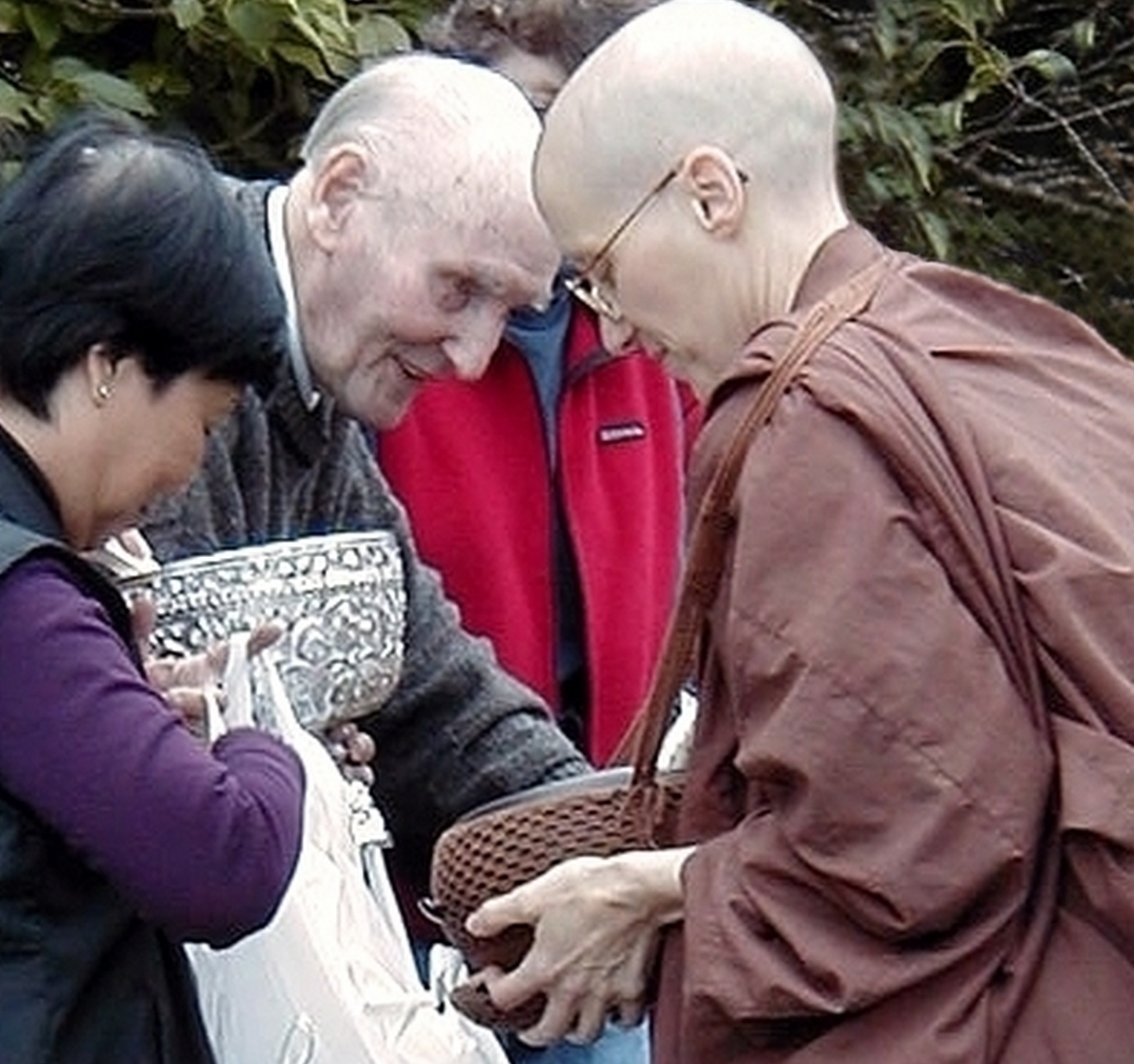
One morning, as I stood for alms in an outdoor market, an elderly man supporting himself with a walker shuffled awkwardly towards me. His daughter held him on one side with her arm. As soon as he saw my robe and bowl, and the shaven head, he let her go and, with palms pressed together, he made anjali, respectfully bowing his head and incanting the formulaic ‘Sadhu, Sadhu, Sadhu’.
Then, in wholehearted abandon, he began to pick fruit from a nearby vendor’s stall. At first he placed two apples into my alms bowl. Spotting a fancier variety, he set about selecting the choicest he could find. As he reached for the grapes, the shopkeeper intervened and motioned to him to hand over the fruit for her to wrap. But when she saw the cause of his excitement, she softened. For he was swept up in the devotion of giving and could not offer enough.
So effusive was his joy that he appeared to have forgotten his disability, his daughter, the fruit vendor and the protocol of the market. Beyond apples and grapes, the old man harvested the finest imported fruit with the urgency of one feeding a long lost friend – as if in that brief encounter he would offer all the generosity of his lifetime.
That kind of selfless generosity informs the power of my faith and renunciation. It acknowledges the sacrifice I make for what we both know to be true. And it nourishes my body and my heart. In the humbling that comes from walking life’s byways, powerless and content with little, I learn to trust giving myself to the unknown. And mysteriously, kindness provides for me.
Sometimes it is abundant, sometimes not, sometimes pleasant, at other times not. This is a universal predicament. None of us know what will come next and how we will respond – especially in this age of outrageous and unrepentant global violence. Though we may, for the most part, live with calm and confidence, until the mind is trained, sometimes all it takes is one grenade of a bad mood or internal ill-wind to blow before we are inundated by negative feelings.
As a mendicant, my happiness hinges upon the way I am able to bear not just physical rigors, but all the austerities of life. Whether I am praised or criticized, comfortable or challenged, calm or in despair, instead of following the bleak and destructive habits of the mind, I try to remember to be empty like my bowl, accepting whatever tightness of breath or furrowing of the heart may arise. And I use the mantra that everything is there to teach me. So as long as I am able to invoke gratitude for what is, I taste the unexpected benefit of being a beggar in the face of the present moment.
What this means is, whether I live in community or alone, I have to guard the mind constantly. We have all seen how easy it is to get rankled by an unforgiving remark or interaction that can swiftly erupt in reactivity – feeling good enough, not good enough, worthy, unworthy, proud or humiliated; or being disabled by a sense of vulnerability that loses mindfulness, denounces the situation, and broods over what’s lost or could have been.
A weak mind runs to thoughts of blame – outward or inward – instead of to thoughts of blessing. Whether from the crushing feeling of social pressure or the thrashing of the internal critic, the mind habitually retreats from pain, yearning for safety. And that safety is to be found nowhere else but in the silence of being with the way things are.
Again and again, I call on patient acceptance, unruffled resolve and perseverance as my allies in these seemingly irredeemable moments. Staying centered, aware, and clear, a benevolent wind wafts into my sail and calms the inner space enough to navigate my way back to serene and joyful presence. And the stamina to sustain that well-being develops by diligently letting go and not clinging to what is unwholesome and obstructs mental clarity, peace and wisdom.
Ultimately, the trust with which I give myself to the unknown moment comes from a heart that is open and willing to surrender. It is a generosity of spirit that enables me to move out of complacency and take risks. This quality of giving must renounce any trace of selfishness. It can be neither smug nor self-congratulatory. It is asks nothing in return, like the elderly man in the market who so caringly fed me, a complete stranger. But he recognized the beggar, dressed in the robe of the Buddha.
Such unconditional generosity springs from and feeds a transcendent joy. For in giving to what we love and respect, we nourish the goodness in ourselves. And it is mutual. I become – for the giver, as well as for myself – the fourth of the Heavenly Messengers, a renunciant.
My aging body and the illnesses of recent years serve to remind me of the first three of these messengers – old age, sickness and death. And in the frailty of his advanced years, my old benefactor also acts as their herald – more potent for the way he overcame even physical dysfunction by the ardour of his faith.
Devoted to this work of emptying and opening the heart, the fruits we taste, like the joy of offering and receiving, are greater than those of the earth. They are indeed heavenly – beyond pain, beyond death.
© Ayyā Medhānandī
Posted in a 2006 series of blogs that appear under ‘Penang’s’ blog on the ‘Teachings’ page.
After A Millenium – Venerable Kusuma Bhikkhuni
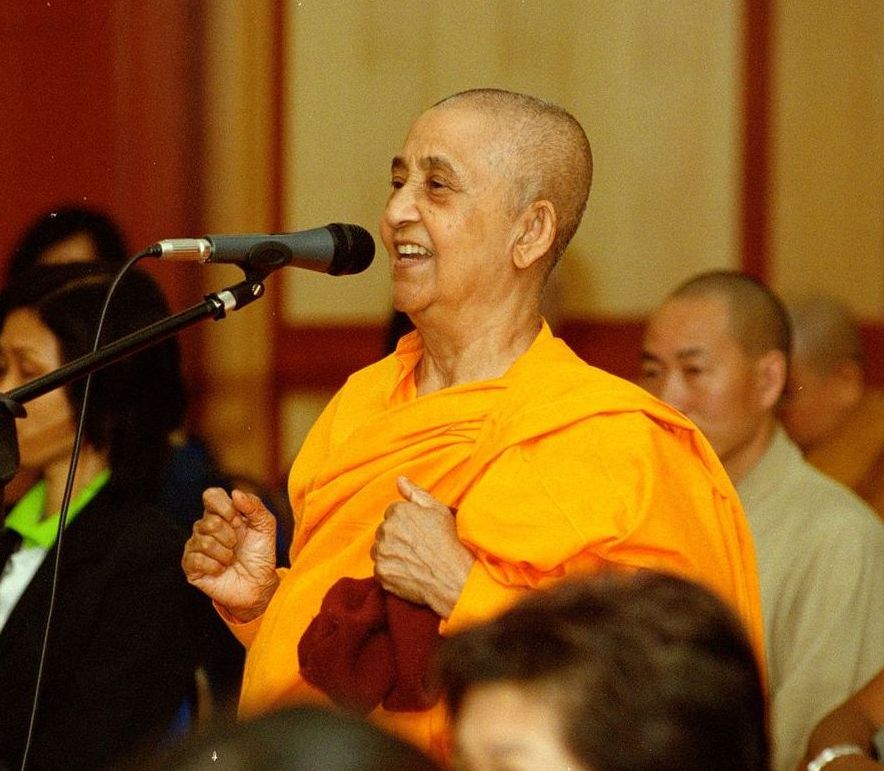
On Aug. 28th, 2021, Venerable Dr. Bhikkhuni Kusuma Mahatheri passed away peacefully in Sri Lanka. She was 92. Her doctors marvelled to witness such a peaceful death. We marvel at the gifts of her life.
Venerable Kusuma Bhikkhuni was internationally respected as a Buddhist monastic, scholar and teacher. We remember her and honour her remarkable service to the Buddha Sasana and, especially, her pioneer work for the restoration of bhikkhuni ordination in Sri Lanka after a lapse of 1000 years.
Profoundly devoted to the Buddha’s teachings, she was a loving mother and grandmother; a graduate in molecular biology in the United States; and a university professor of science and English. She also completed two doctoral degrees in Pali and Buddhist studies and established the Ayya Khema Meditation Centre in Sri Lanka, named for her beloved mentor. She authored numerous books, represented Sri Lanka at international Buddhist conferences, and, even into old age, she continued to travel throughout the world to teach the Dharma.
For all her early academic research, Venerable Kusuma Bhikkhuni’s fervent questions about the nature of existence were only resolved through her study of the Buddha’s teachings. Inspired by the ordination of the Buddha’s mother, Mahapajapati Gotami, and the verses of arahant bhikkhuni disciples of the Buddha, she travelled to Korea and Taiwan where she could experience living female Buddhist monastic lineages. In Sri Lanka, she advocated fearlessly for the uplift of female education and full ordination in the face of vitriolic opposition from the conservative Buddhist clergy.
At last, in 1996, she was able to formally take her own higher vows as the first of ten Sri Lankan candidates in a dual ordination ceremony in Sarnath, India. This historic ceremony simulated the ancient ritual for female higher ordination prescribed by the Buddha himself more than two and a half millenia ago. It was conducted by a united Sangha of elder bhikkhus from the Mahā Bodhi Society of India as well as elder bhikkhus and bhikkhunis from Korea, thus rekindling the Bhikkhuni Sangha for modern day Theravada Buddhism.
At its helm stood a lioness of a woman, Venerable Kusuma Bhikkhuni – courageous leader, compassionate Dharma mother, and stellar role model – particularly for bhikkhunis and women the world over. She embodied the noble qualities of a modern day Mahapajapati, blessing us with an indelible Dharma legacy for generations to come.
